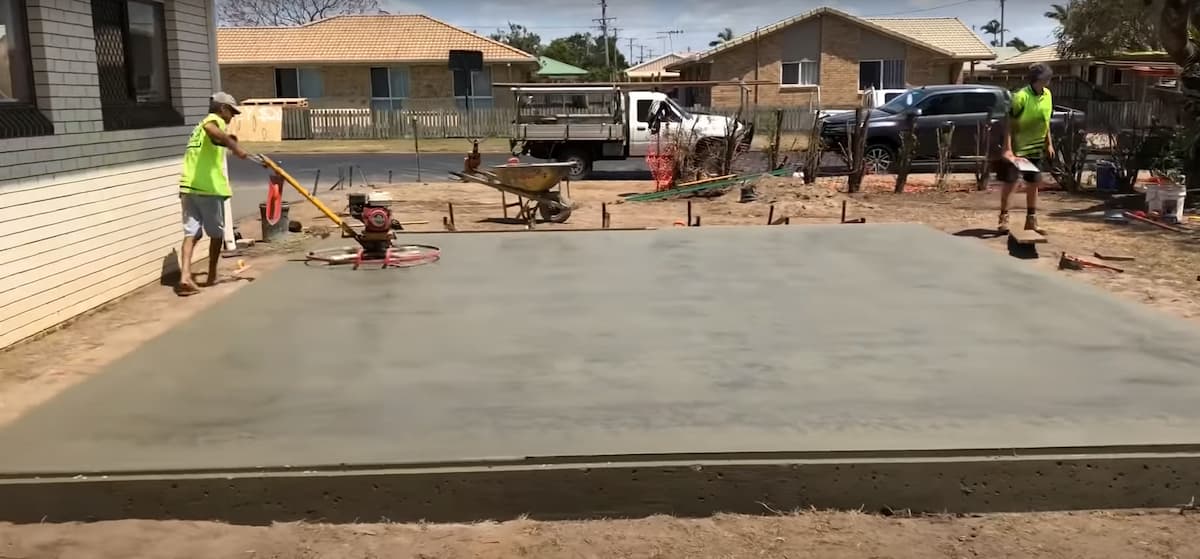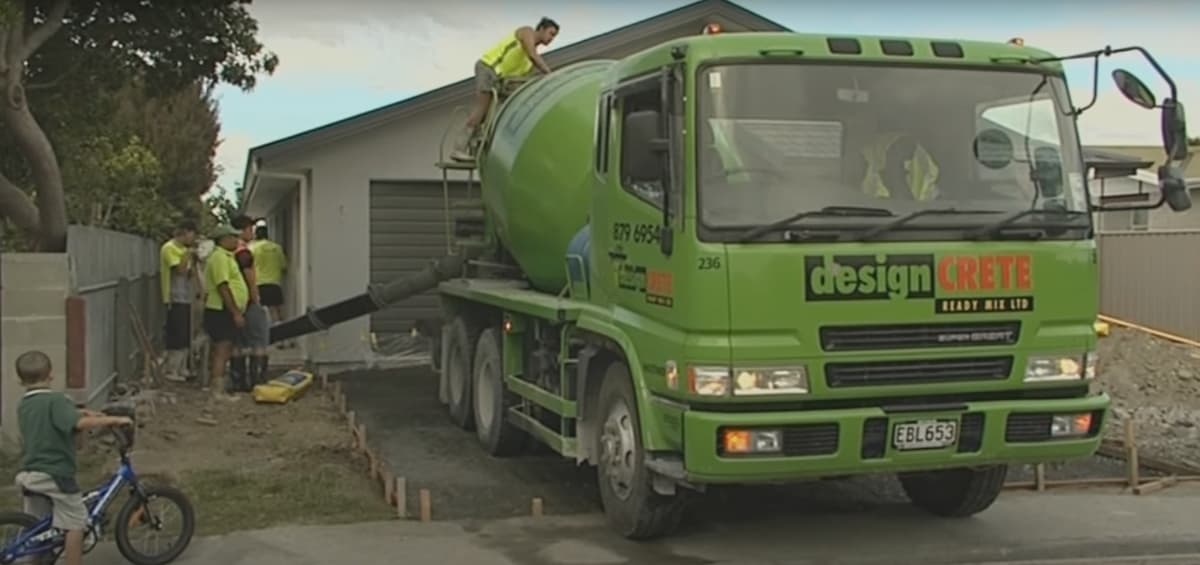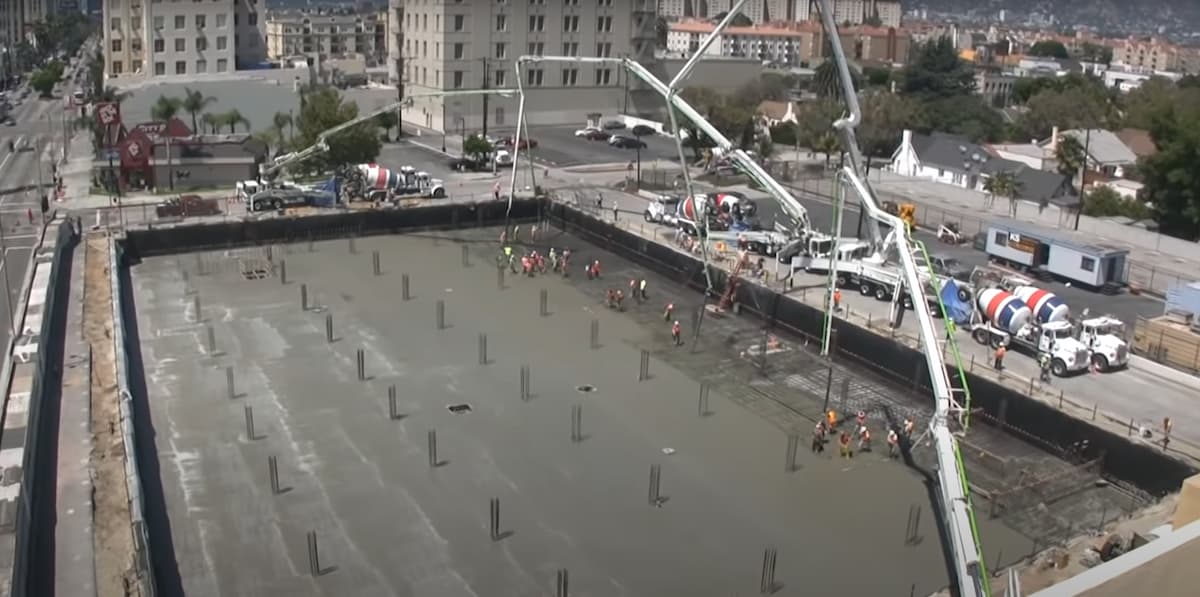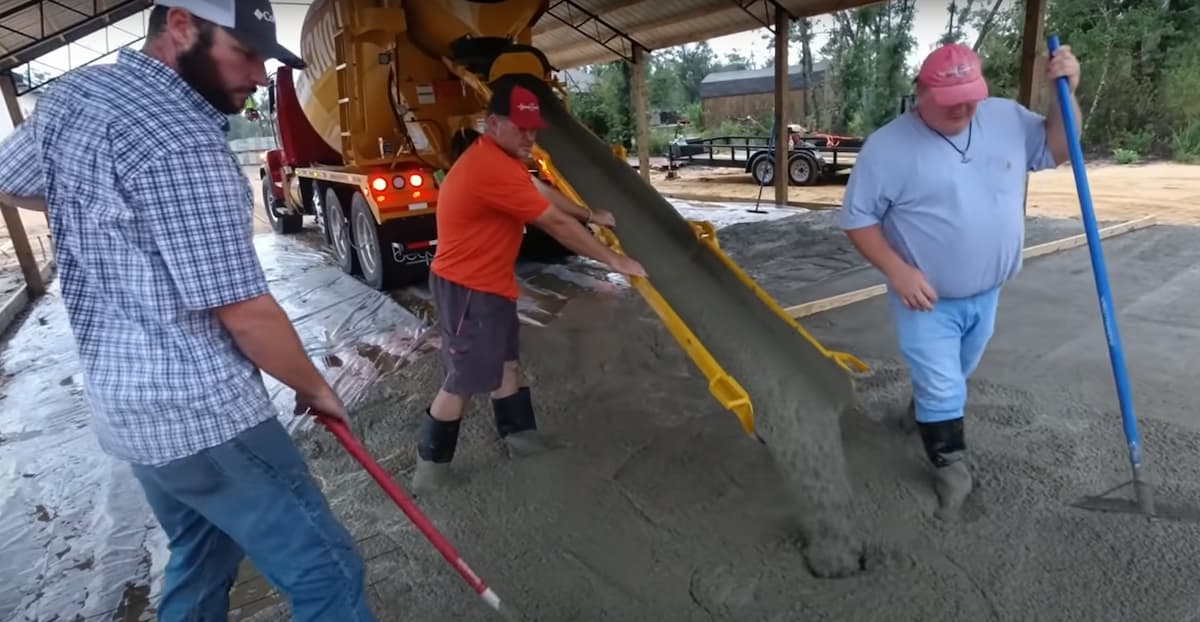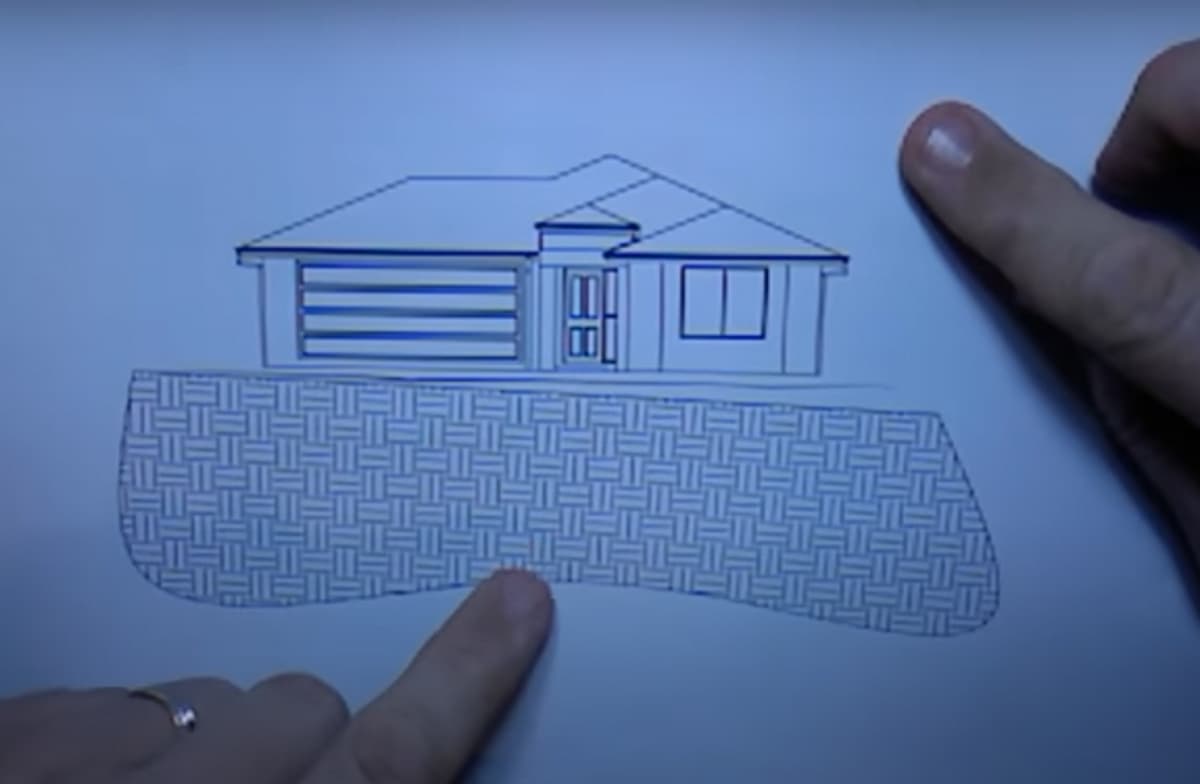
Do you have soil moisture conditions? Slab heave is the most common problem in the industry and occurs when excess moisture inside a foundation wall freezes and thaws. These cycles gradually move soils upward, especially if there is head pressure from the backfill or water flow into the slab edge.
However, it’s not just moisture that causes problems.
Chemical reactions in cement-based materials, such as alkali-silica reaction (ASR), sulphate attack and carbonation, are also detrimental to your structure’s life expectancy.
ASR especially affects residential construction due to its prevalence. Even though these issues are problematic, they can be managed with a proper understanding of what you’re up against within your site conditions. You could aim to understand how chemistry influences building materials because it may dictate how you deliver cost-effective solutions.
Where is Slab Heave Common?
Slab heave is especially common in coastal climates where there is no frost penetration due to the high moisture content in the ground. Frigid weather can also cause problems if your foundation’s insulation isn’t sufficient or if your structure was built on expansive soils that contain too much clay. And while slab heave isn’t unique to homes constructed on expansive soils, its impact tends to be more widespread compared to homes on non-expansive soils because these properties frequently lack adequate perimeter drainage and insulation.
The good news is that preventing expansive soil problems and slab heave doesn’t require a lot of money or time, but it does take commitment and long-term thinking.
What is a Slab Heave?
A slab heave is when your foundation’s soil lifts up and down during freezing and thawing periods. This can cause damage in homes constructed on expansive soils, such as cracking in walls and the base of the building.
Slab heave doesn’t just affect homes with expansive soils, it also affects buildings that don’t have adequate drainage or insulation around their foundations. The natural reaction is to add exterior drainage and insulation to reduce damage-but this approach may need ongoing maintenance, which isn’t cost-effective over time.
The most cost-effective solution is to manage moisture levels so you prevent them from fluctuating too much in the first place. Adding perimeter drain tiles at depths of five feet or more are often effective because they create an escape for water to leave the property.
How do You Treat Slab Heave?
The biggest mistake is to react only when the damage is obvious. Slab heaving can worsen over time, especially if your site conditions were at fault during the home’s construction. Slab heave is caused by many reasons, but mostly it’s because of excess moisture and ground movement.
Perimeter drains are effective because they prevent moisture from accumulating around foundations by allowing them to travel away from the building and into lower areas where it won’t cause damage. This reduces frost penetration under your structure, which may reduce soil swelling that leads to slab heave. A perimeter drain system could be installed so there is permanent drainage away from all foundation walls-even those with insulation.
Preventing Uneven Movement
Preventing expansive soil problems may extend your structure’s life expectancy and reduce the likelihood of slab heave. This approach doesn’t have to be expensive or time-consuming, but it does require a long-term view so you can gradually reduce problems over years and save money in the process.
The best solution is a combined approach that prevents expansive soils from causing damage, while also reducing pressure on your structure’s foundation walls via a perimeter drain system that builds moisture levels down instead of up. These two preventative measures may reduce slab heave if they are designed properly and managed through ongoing assessment. Slab heave is damaging because it gradually moves soil upward, which accumulates pressure against the base of your house until cracks begin to appear.
Have Proper Drainage
In most cases, homes built with proper drainage away from their foundations may be shielded from this damage. Ones with poor drainage suffer the most. Homes built on expansive soils without proper drainage around their foundations may likely see the most problems because they are exposed to higher levels of moisture, which causes soil swelling.
The best way to prevent slab heave is to build with moisture control in mind. A perimeter drain system (PD) is effective because it prevents water from accumulating underneath your structure by creating an escape for that excess water. Over time, you’ll reduce pressure against your foundation walls and soil swelling may slowly disappear-reducing damage that can be caused by slab heave.
How do You Manage Moisture?
Managing the amount of moisture surrounding your home’s foundation may allow you to gradually reduce any movement in its soil without causing further damage. How you do this may depend on how much moisture your property is exposed to and the type of soil it’s built on. If you’re unsure, consult a geotechnical engineer.
If expansive soils are your main concern, then a PD that manages water at 150cm or more can be effective because it creates an escape for that water to leave the property safely without penetrating under your foundation and causing damage. If you have problems with poor drainage, then a sump system alongside your PD may collect water and send it away so there’s no pooling around your home. You can also add insulation to prevent heat loss in cold weather, which causes soil swelling due to melting ice within the ground.
Moisture Management
Avoiding slab heave through good moisture management methods like these could stop any further damage from occurring and allow you to correct problems already caused by soil movement. Your foundation may still experience cracks, but the damage could be less severe.
Good drainage away from your house may help manage moisture levels around your foundation and gradually reduce any damage caused by slab heave over time because it decreases pressure against your structure’s foundation walls and stops ground swelling that leads to further issues. Avoiding expansive soils altogether is the best way to prevent slab heave because it makes drainage systems unnecessary-but this isn’t always possible if you’re building on land with poor drainage where seeking expert advice before construction begins may improve your chances of avoiding costly problems in future.
It’s important not to ignore signs of possible slab heave after you’ve built a home, especially if your foundation is exposed to poor drainage. The longer you wait, the worse it may become because moisture levels continue to rise which causes soil swelling that leads to more damage.
The Waffle Slab
Waffle slabs are a unique foundation structure that is gaining in popularity. It surpasses the concrete slab foundation. For one thing, it provides increased basement space-which is why it’s commonly used in basements of new homes. They are also very durable for the following reasons
- They’re reinforced with steel
- Their flexible nature allows them to absorb more impact than traditional foundations
The waffle slab serves another useful function too because it allows for better drainage at the foot of your home via several channels built into its bottom surface. These channels collect water run-off from around your house so it doesn’t pool at your foundation which can lead to problems associated with expansive soil like soil swelling or heaving.
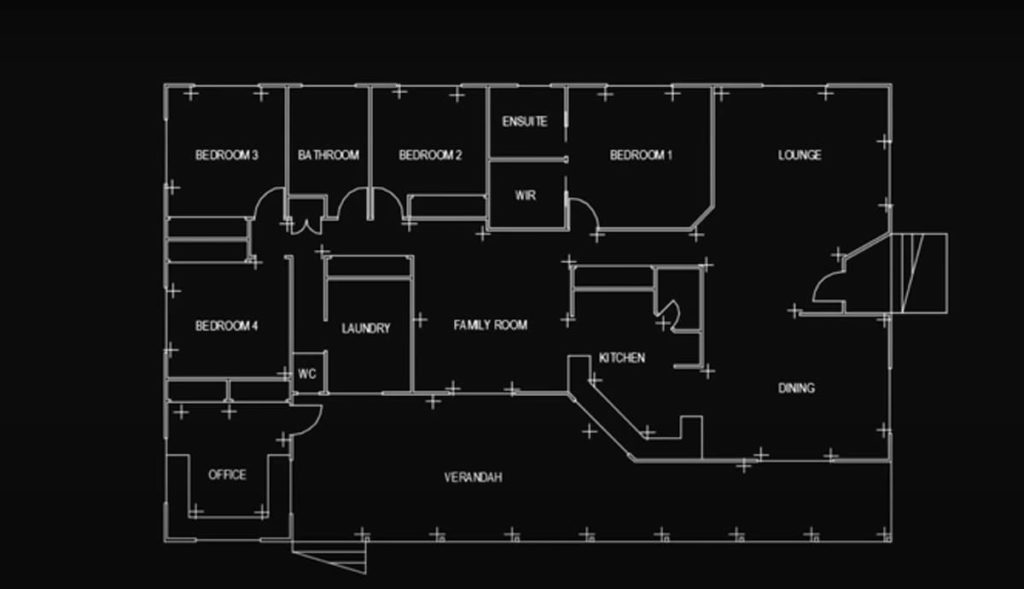
The Benefits
This type of foundation works well on any type of expansive soil because it allows for water to drain away from your house, which reduces slippage at the foundation wall where damage may have already occurred. It also provides increased basement space-a great option if you need more room for an expanding family or simply desire additional storage area.
Another benefit is its durability with built-in steel reinforcement and flexibility that helps absorb shock. A waffle slab cracks less frequently than traditional foundations and can even adapt to slight shifting in soils without cracks appearing over time.
However, this type of foundation isn’t perfect either because it’s not ideal for areas with poor drainage that can lead to problems with heaving later on due to ground swelling unless a perimeter drain system is installed beforehand.
Concrete slab foundations are the most common in home construction, but waffle types of slabs are becoming increasingly popular because they provide extra space in basements for hobbies or simply more storage. They’re also much more durable thanks to their steel reinforcement and flexibility that allows them to expand with changing soil conditions without cracking over time.
Waffle Pod Slabs Foundation
A waffle pod slab foundation is similar to a waffle slab, but it differs in that it goes deeper into the ground. This type of foundation works well in areas with poor drainage because its construction allows for water to be drained further away from your home, which eliminates soil problems associated with expansive soils like swelling or heaving. Improvements are taking place to an existing waffle slab through a process called steel re-enforcing. This is done by adding wire mesh and then pouring concrete on top of it that gives the slab even more support. When a slab heave occurs it’s due to the water staying under the slab.
Raft Slabs
A raft slab is also a solution in certain circumstances. This type of foundation does not go into the ground but rather floats on top because it’s constructed on undisturbed soil. The raft slab itself is surrounded by gravel which prevents slab heave movement in its surrounding soils.
There are many different types of foundations to choose from for your home to prevent slab heave, but waffle slab is becoming increasingly popular because they provide increased basement space for even more storage. Thanks to their steel reinforcement and flexibility, waffle slabs can adapt to slab heave and changing soil conditions without cracking over time, which makes them a great solution in areas with poor drainage or expansive soils that lead to issues like swelling or heaving.
When Should You Seek Legal Advice for a Concrete Slab Heave?
If your foundation continues to crack after taking steps to stop soil moisture from reaching it, you may need to seek legal advice. If a problem leads to damage in adjacent areas of the house, you could be liable for repairs or home replacement that cost thousands of dollars-especially if problems are caused by a lack of proper drainage, though this isn’t always the case when soil heave is involved because there are other factors at play too. Legal advice might be necessary when dealing with these types of issues especially if gaps between retaining walls and structures like patios and sidewalks widen over time and cause problems. A geotechnical engineer can provide you with an accurate assessment of the reasons for expansive soil problems, especially if they’re severe.
Providing good drainage that prevents moisture from accumulating near your foundation may significantly reduce the risk of heaving and slab movement. This can be done by grading soil away from your house at least 20cm to keep water on surrounding areas-not under them. Domestic building contracts also require grading, so it’s important to be aware of this before building new structures nearby.
It’s also important to note that even with proper planning, some types of expansive soils like clays or gleysol are still more likely to cause damage due to their high susceptibility to swelling when exposed to moisture over time (especially if groundwater is present). A geotechnical engineer can assess conditions better than most people are given proper training on how this type of soil reacts when impacted by exposure to moisture, especially in areas you live or are planning to build structures on.
Conclusion – Slab Heave Overview
Slab heaving happens when clay soils swell and can be prevented by maintaining proper drainage and grading away from your house, especially when soil moisture is an issue. This problem has different solutions that you can consider to prevent it in the future, like building a waffle pod slab foundation or raft slab depending on what the situation calls for. Talking to a geotechnical engineer is also important if you need help with finding the solution that is right for your area and property.


